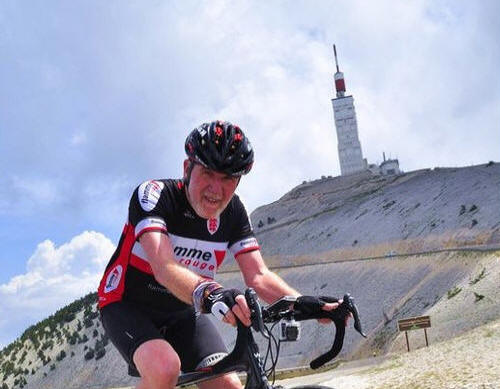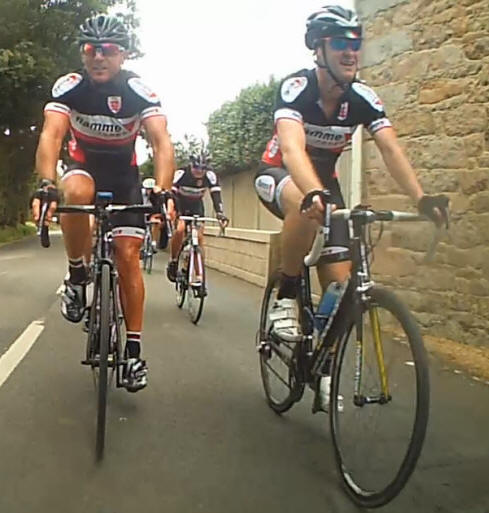FAQ ~ Event Simulation

Frank Cunliffe ~ Cycling Legend
Mont Ventoux Club du Cingles 2014
Can you provide a bit of detail on the 'Event Simulation' weekend rides?
I couldn't see anything explaining it in the programme.
SM ~ Australia
Event Simulation is covered on the Road Rides section of our Programmes, but here we'll go in to a little more detail.
All of our Performance Programmes are individually created to give you the best possible outcome for the cycling specific discipline you have chosen, within the timescales available.
However, you can't change the laws of physics, biology and science. Certain things have to be done a certain way, at a certain time and in a certain order. And building an athlete takes time and application.
Humans are creatures of habit and routine. This is a good thing; normally.
We manipulate this habit and routine to create a known training stress and overload by structuring high intensity, with relatively low-volume, during the week. The weekends are for high-volume endurance with sporadic bouts of mild intensity depending on the event you are undertaking.
Event Simulation Rides are self-determined, semi-structured rides that best reflect the event you have targeted as your season's key objective.
If you're planning to ride the Marmotte, Cingles du Ventoux, Etape, Scody 3 Peaks etc, then obviously you need to develop your aerobic endurance and leg strength, by putting in the hours and climbing ever so slightly over-geared for extended periods of time.
If you're aiming at breaking your club's 25 mile TT record, then it's quality FTP sessions with 20 minute, non-stop, fast-cruise intervals, with plenty of recovery between efforts.
For Crit Racing, it's short, VO2max and neuromuscular sprint intervals interspersed with the odd FTP and 30 sec SMInt effort.
And finally, for Road Racing, it's probably a combination of all of the above, with a road race specific segment, squeezed into your weekend jaunt with your mates.
And that's where another variable comes in to play. Mid-week work is usually best done on your own, or with a mate to keep you on your toes. We can all squeeze that little bit extra out when a mate's breathing down our necks.
Weekend endurance riding is invariably much more of a sociable affair. You need help to share the work and make the time pass, but don't get sucked in to riding someone else's training programme.

Get a group of like-minded mates, plan a ride
and ride to the plan ~ sorted!
Top local flamme rougers Richard Mayne & Dave Price
If the local group ride doesn't suit your needs, grab a few mates and create your own ride. Or do intervals by hanging off the back of the group and chasing to get back on. Or ride an hour or so with them, before breaking off to do your own thing.
You always have options.
The Message
For indoor work we can be pretty specific. It matters not
where your turbo is situated, Europe, Asia, Oceania, North or South
America, a Blitzer is still a Blitzer. Conditions are pretty
standard the world over; it's you, your turbo, your motivation and
your commitment.
But for weekend rides, unsurprisingly, we lose a little of our prescriptive control. So look at the needs of your upcoming events.
All training should be specific for the event for which you are preparing. The more explosive the event, the shorter your hard efforts need to be. But remember, cycling is predominantly an aerobic sport. Go Zone 2 or Zone 5, 6 & 7. Don't "waste" time riding your typical Zone 3 Club Run. Who races at Zone 3?
The over riding message is this; if what you are doing at the weekends isn't directly contributing to the success your key objective, stop doing it!








